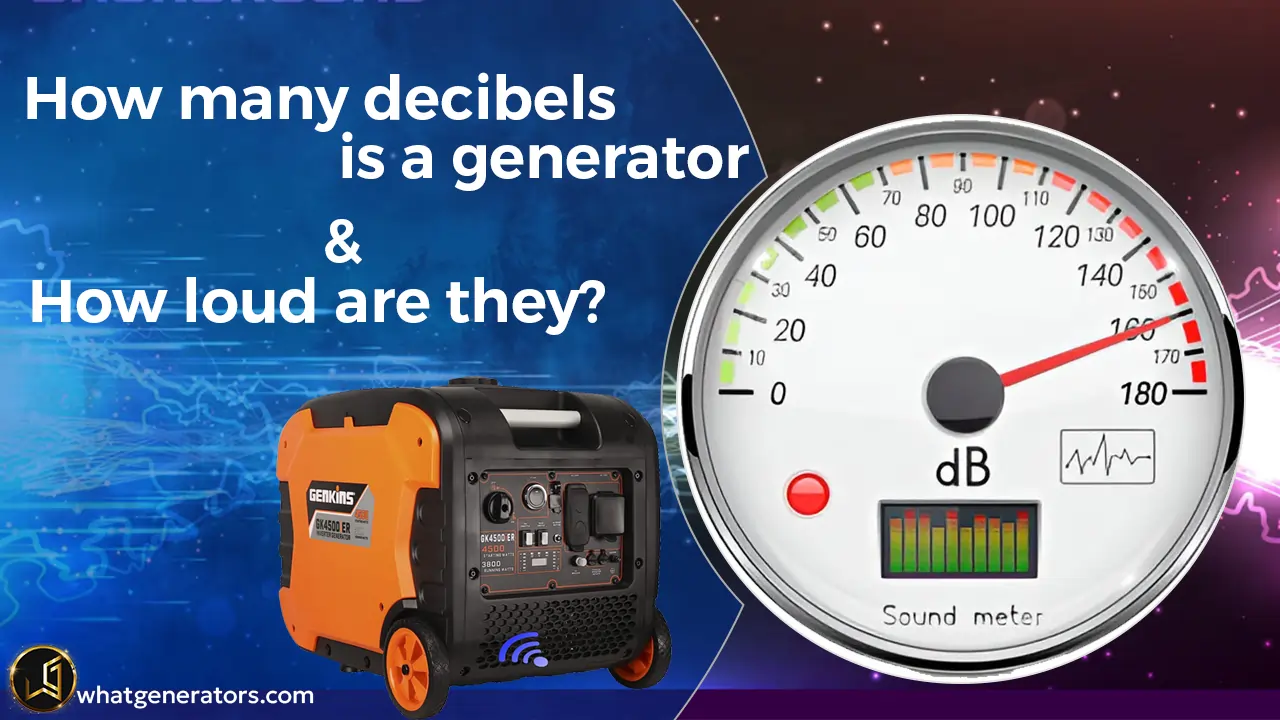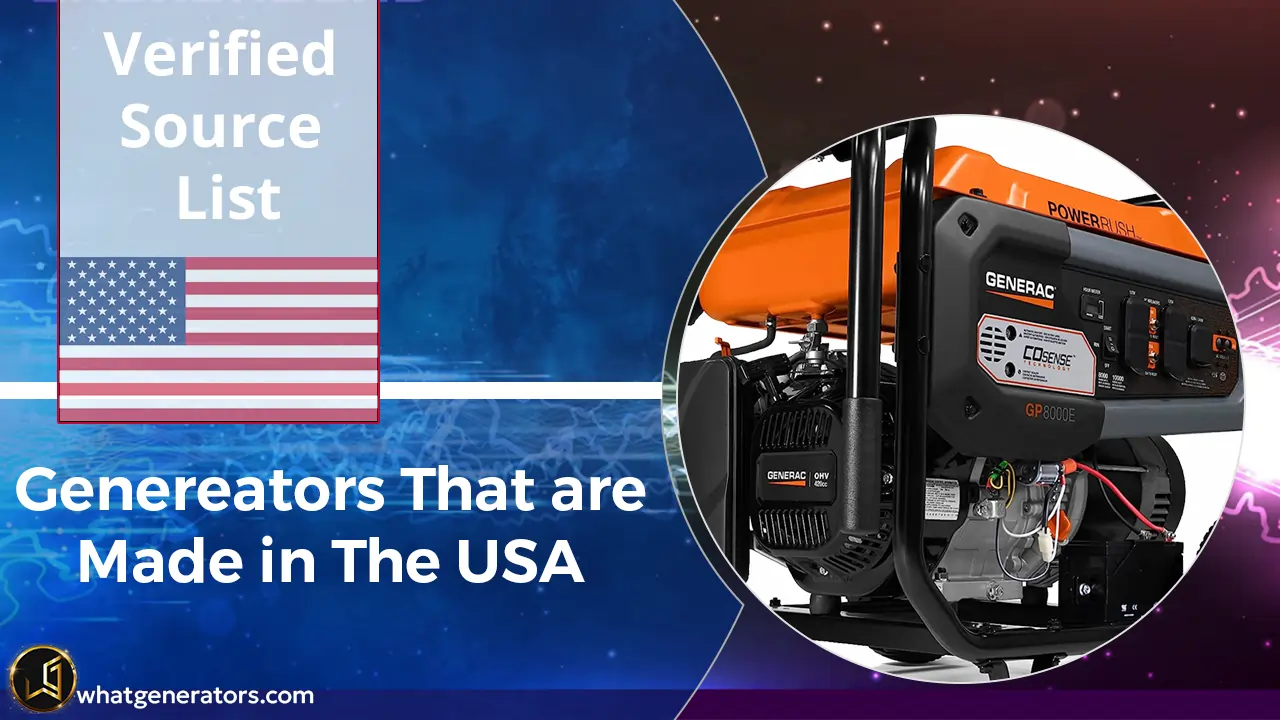
As a generator advisor, I’m used to customers asking questions about their generators. But there’s one question that comes up time and time again: “What can I run on a 4000 watt generator?” It’s a great question and one that’s worth exploring in a little more detail.
The answer depends on a few factors, like the specific make and model of your generator and the power requirements of the appliances or tools you’re looking to run.
In this article, we’ll look at what you can expect from a 4000 watt generator and some tips for making the most of your investment.
4000Watt Generators do not have 4000W power output. This is just Surge Watt (starting wattage for a few seconds); they are most likely a 3200-3500 watt generator.
They produce 33.3 amps on 120 Volts for surge, not for rating; for rated power, they only produce 29 amps or less, and 16.6 amps on 240 Volts is for starting, not running.
The Essential Conclusion
Rest easy; the 4000-watt generator can run all your essential home appliances. From lights to television, refrigerator to coffee makers, this mighty machine can keep them all up and running. So go ahead and enjoy a well-lit home, your favorite TV shows, fresh groceries, and a comforting cup of coffee, all made possible by the reliable power of the 4000-watt generator. But that’s not all!
Keep reading this article for a more detailed list of appliances that a 4000-watt generator can handle. Discover the versatile capabilities of this generator and unlock the possibilities it brings to your daily life.
List of Household Appliances that a 4000 watt Generator can run

A 4000-watt generator is popular for homeowners looking for a reliable backup power source during outages or emergencies. With a 4000-watt generator, you can power several household appliances simultaneously, depending on their power requirements. It’s essential to note that the wattage of an appliance determines how much power it requires to operate.
Here’s a breakdown of the power requirements for some common household appliances:
- Refrigerator (600-800 watts)
- Freezer (500-800 watts)
- Window air conditioner (10,000 BTU) (1000 watts)
- Portable space heater (1500 watt) (1500 watts)
- Electric stove (one burner) (1500 watts)
- Microwave (1000-1500 watts)
- Electric water heater (4000-5500 watts)
- Washing machine (500-1000 watts)
- Clothes dryer (1800-5000 watts)
- Dishwasher (1200-2400 watts)
- TV (100-400 watts)
- Desktop computer (200-500 watts)
- Router/modem (10-50 watts)
- Lights (average home) (400-800 watts)
- Toaster oven (1200-1800 watts)
- Blender (300-1000 watts)
- Coffee maker (600-1200 watts)
- Electric kettle (1200-1500 watts)
- Iron (1000-1800 watts)
- Hair dryer (800-1800 watts)
- Curling iron (40-80 watts)
- Vacuum cleaner (500-1500 watts)
- Ceiling fan (10-90 watts)
- Water pump (well pump) (750-1500 watts)
- Sump pump (800-1300 watts)
- Garage door opener (500-800 watts)
- Power tools (drills, saws, etc.) (500-1500 watts)
- Air compressor (1000-2000 watts)
- Welder (smaller models) (1000-2500 watts)
- Fish tank equipment (50-100 watts)
List of Power Tools that a 4000 watt Generator can run

A 4000-watt generator is capable of powering various household appliances and power tools. Power tools are essential for construction, woodworking, and DIY projects. They require a steady flow of electricity to run efficiently and safely.
Choosing the right type of power tool for a project can make all the difference in its outcome. With a 4000-watt generator, you can power many different tools simultaneously, depending on their power requirements.
- Circular saw (1200-2200 watts)
- Table saw (1800-3000 watts)
- Miter saw (800-1200 watts)
- Reciprocating saw (800-1200 watts)
- Jigsaw (500-800 watts)
- Angle grinder (1000-1500 watts)
- Belt sander (800-1000 watts)
- Orbital sander (500-800 watts)
- Power drill (500-800 watts)
- Impact driver (500-800 watts)
- Router (1000-2000 watts)
- Planer (1000-1800 watts)
- Jointer (1000-1500 watts)
- Air compressor (1000-2000 watts)
- Welder (1000-2500 watts)
- Heat gun (1000-1500 watts)
- Electric paint sprayer (600-1000 watts)
- Leaf blower (500-1000 watts)
- Hedge trimmer (500-1000 watts)
- Chainsaw (1000-2200 watts)
- Pole saw (600-1000 watts)
- Pressure washer (1200-2500 watts)
- Tiller (1000-1500 watts)
- Lawnmower (1200-1800 watts)
- Edger (500-800 watts)
- Snow blower (1200-2500 watts)
- Generator (3000-4000 watts)
- Demolition hammer (1200-2000 watts)
- Concrete saw (1500-2500 watts)
- Tile saw (800-1200 watts)
List of Outdoor and Camping Equipment that a 4000 watt generator can run

If you plan a camping trip or spend time outdoors, having the right equipment can make all the difference. From grilling your favorite meals to keeping your drinks cool and charging your devices, outdoor and camping equipment adds convenience and comfort to your outdoor experience.
However, many of these items require electricity to run, which can be a challenge when you’re away from home. Fortunately, with a 4000-watt generator, you can power various outdoor and camping equipment, making it easier to enjoy your time in nature.
- Electric grill (1200-1800 watts)
- Portable stove (1500-1800 watts)
- Electric cooker (50-100 watts)
- Electric lantern (25-100 watts)
- Portable air conditioner (800-1400 watts)
- Electric heater (1000-1500 watts)
- Electric water pump (500-1000 watts)
- Portable speaker (10-50 watts)
- Electric chainsaw (1000-2200 watts)
- Electric pressure washer (1200-2000 watts)
- Battery charger (50-500 watts)
- Portable fridge/freezer (50-100 watts)
- Electric fan (50-150 watts)
- Portable power station (500-1000 watts)
- Electric bug zapper (10-30 watts)
- Deep fryer (1500-2000 watts)
- Electric griddle (1500-1800 watts)
- Rice cooker (500-1000 watts)
- Toaster (800-1500 watts)
- Blender (300-1000 watts)
List of Office Equipment that a 4000 watt generator can run
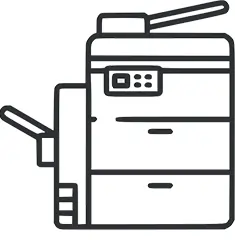
Technology is essential in maintaining productivity and efficiency in today’s modern workplace. From computers to printers, scanners, and other office equipment, businesses rely heavily on electricity to power their day-to-day operations.
However, power outages can happen unexpectedly, bringing business activities to a grinding halt. That’s where a 4000-watt generator can come in handy, providing backup power to keep your critical office equipment up and running during an outage.
We’ll discuss 20 pieces of office equipment that can be powered by a 4000-watt generator, along with their estimated wattage requirements.
- Desktop computer (200-500 watts)
- Laptop computer (50-100 watts)
- Printer (100-300 watts)
- Scanner (50-100 watts)
- Fax machine (50-150 watts)
- Shredder (50-100 watts)
- Copier (500-1000 watts)
- Projector (200-400 watts)
- Sound system (100-500 watts)
- Monitor (50-250 watts)
- Router/modem (10-50 watts)
- Phone system (100-500 watts)
- Cash register (50-150 watts)
- Credit card machine (20-50 watts)
- Time clock (5-10 watts)
- Electric pencil sharpener (20-50 watts)
- Calculator (5-10 watts)
- Desk lamp (10-50 watts)
- Air purifier (50-100 watts)
- Water dispenser (50-100 watts)
List of Healthcare and Medical Equipment that a 4000 watt generator can run

Access to reliable and uninterrupted power is critical for patient care and safety in the healthcare industry. Many medical devices and equipment require electricity to function properly, making backup power necessary in case of a power outage.
A 4000-watt generator can provide backup power to keep essential healthcare and medical equipment running during an outage.
In this section, we will discuss 20 pieces of healthcare and medical equipment that can be powered by a 4000-watt generator, along with their estimated wattage requirements.
- Oxygen concentrator (400-700 watts)
- Electric hospital bed (200-500 watts)
- Electric wheelchair (150-500 watts)
- CPAP machine (50-250 watts)
- BiPAP machine (100-350 watts)
- Nebulizer (50-250 watts)
- Blood pressure monitor (10-50 watts)
- Electric lift chair (100-250 watts)
- Electric heating pad (50-100 watts)
- TENS unit (20-50 watts)
- Electric massage chair (100-300 watts)
- Ultrasound machine (200-500 watts)
- EKG machine (200-500 watts)
- Electric dental drill (200-500 watts)
- Autoclave (2000-3000 watts)
- X-ray machine (1000-3000 watts)
- Electric surgical saw (500-1000 watts)
- Defibrillator (400-700 watts)
- Electric cautery (100-300 watts)
- Electric bone stimulator (50-100 watts)
Before plugging in any appliance or tool to a generator, it’s crucial to understand the difference between 120V and 240V outlets and their corresponding power requirements. The distinction lies in the voltage and wattage capacity they can handle.
A 120V outlet, similar to standard household outlets, provides a voltage of 120 volts. It is suitable for smaller appliances and tools with lower power needs, typically ranging from 50 to 1500 watts. Devices like refrigerators, microwaves, and smaller power tools often fall within this range. It’s important to note that using a 120V outlet for high-power appliances or tools that require 240V may result in equipment damage or ineffective operation.
On the other hand, a 240V outlet, often a twist-lock configuration, delivers a higher voltage of 240 volts. This type of outlet is designed to handle larger appliances and power-hungry tools requiring more wattage, usually ranging from 1500 to 5000 watts.
Examples include electric stoves, air conditioners, and clothes dryers. It’s crucial to ensure that the appliance or tool you wish to connect is compatible with a 240V outlet and falls within the specified wattage range.
When connecting appliances or tools to a generator, always check the outlet type and verify the voltage and wattage requirements of the device. Doing so can ensure a proper match and prevent any potential damage to your generator or connected equipment, promoting safe and efficient operation.
Understanding Required Wattage and Generator Capacity
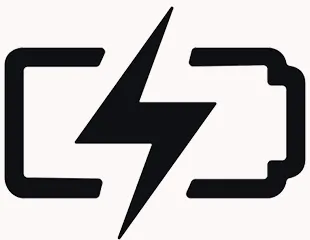
Wattage and generator capacity are two important factors to consider when it comes to power generation. Wattage is the amount of power that an electronic device or appliance requires to operate, usually measured in watts. On the other hand, generator capacity refers to the maximum amount of power that a generator can produce at any given time, typically measured in kilowatts (kW).
It is important to understand the wattage requirements of your appliances and devices to choose a generator with the appropriate capacity. Overloading a generator by running too many devices or appliances that require more power than the generator can supply can damage the generator and even cause a fire.
To calculate the generator capacity required for your needs, add the total wattage of all the devices and appliances you plan to run simultaneously. It’s also important to consider the starting wattage of certain devices, as some appliances like refrigerators and air conditioners require extra power to start up.
In general, choosing a generator with a capacity that exceeds your calculated wattage requirement by 20% is recommended to ensure safe and reliable operation. By understanding wattage and generator capacity, you can make informed decisions when selecting the right generator for your needs.
You can use the following wattage Calculators to determine your required generator.
Cummins Generator Size Calculator:
Generac Generator’s Size Calculator:
Difference between Surge and Rated Watts
Understanding the difference between surge and rated watts is essential to properly size and select a generator that can handle both the initial startup requirements and the continuous power demands of the appliances and tools you intend to connect.
Surge Watts: Power for Starting Up
Surge watts, also known as starting watts or peak watts, refer to the additional power capacity that a generator can provide for a short duration to handle the initial surge in power required when starting certain appliances or tools. Certain devices with motors or compressors startup require a momentary burst of extra power to overcome the initial resistance and get running. Surge watts provide this extra power to facilitate a smooth and successful startup.
For example, refrigerators, air conditioners, and power tools often require a higher surge of electricity when they start operating. A generator with an adequate surge wattage rating can handle these temporary spikes in power demand, ensuring the devices start smoothly and operate optimally.
Rated Watts: Continuous Power Output
Rated watts, or running watts, represent the amount of power a generator can continuously produce over an extended period. The generator can provide sustained power output to keep appliances and tools running without any interruptions or issues.
Rated watts are important to consider when calculating the total power requirements of the devices you plan to connect to the generator. By ensuring that the generator’s rated wattage is equal to or higher than the combined wattage of the connected devices, you can ensure that the generator can consistently supply the necessary power to keep them running.
Setting up and Operating your 4000 watt Generator

- Check the oil level: Before starting the generator, check the oil level to ensure that it is at the proper level. If the oil level is low, add the recommended amount of oil.
- Add fuel: Fill the fuel tank with gasoline. Be sure to use the recommended type of gasoline as specified in the owner’s manual.
- Please turn on the fuel valve: Locate it and turn it on.
- Turn on the choke: Move the choke lever to the “closed” or “on” position.
- Pull the starter cord: Grasp the starter cord and pull it firmly until the engine starts. It may take several pulls to start the engine.
- Let the engine warm-up: Once the engine has started, let it warm up for a few minutes before connecting any devices.
- Connect devices: After the engine has warmed up, connect the devices you want to power to the generator using the appropriate outlets.
- Monitor the generator: While running, monitor it for any signs of issues, such as low oil pressure or overheating.
- Turn off the generator: When you are finished using the generator, turn off any connected devices first, then turn off the generator by following the instructions in the owner’s manual.
Tips for maximizing efficiency and prolonging the lifespan of your generator

To maximize efficiency and prolong the lifespan of your 4000 watt generator, follow these tips:
- Optimize power usage: Turn off or unplug any unnecessary appliances or devices to reduce the load on your generator. Use power strips to easily switch off multiple devices when they’re not in use.
- Prioritize energy-efficient appliances: Invest in energy-efficient appliances and electronics to reduce overall power consumption. Look for appliances with the ENERGY STAR label for maximum efficiency.
- Practice load management: Spread out the usage of high-wattage appliances throughout the day to prevent overloading your generator. For example, avoid running the dishwasher, washing machine, and air conditioning unit simultaneously.
- Regular maintenance: Follow the manufacturer’s recommended maintenance schedule to keep your generator in optimal condition. This includes oil changes, filter replacements, and spark plug inspections.
- Store fuel properly: If you’re using a gasoline generator, store fuel in an appropriate container in a cool, well-ventilated area away from any ignition sources.
Remember, regular maintenance and responsible usage are key to maximizing efficiency and ensuring the longevity of your generator.
Safety precautions when using a 4000 watt Generator

While generators provide a reliable power source during outages, it’s important to prioritize safety when using a 4000 watt generator. Here are some essential safety precautions to follow:
- Carbon monoxide prevention: Never operate a generator indoors or in an enclosed space. Carbon monoxide is a silent killer and can quickly build up, leading to serious health risks or even death. Keep your generator outdoors and away from windows, doors, and vents.
- Proper grounding: Ensure your generator is properly grounded to prevent electrical shocks or hazards. Follow the manufacturer’s instructions for grounding procedures.
- Extension cord safety: Use appropriate extension cords rated for the wattage of your appliances. Avoid using damaged or frayed cords; don’t overload the generator by exceeding capacity.
- Fire prevention: Keep flammable materials away from your generator and avoid refueling while the generator is running or hot. Store fuel in a safe location away from any ignition sources.
- Electrical safety: If you need to become more familiar with electrical systems, it’s best to consult a professional electrician for your generator’s proper installation and connection.
Always prioritize safety and follow the manufacturer’s instructions and guidelines for safely using your 4000-watt generator.
Maintenance and troubleshooting tips for your generator
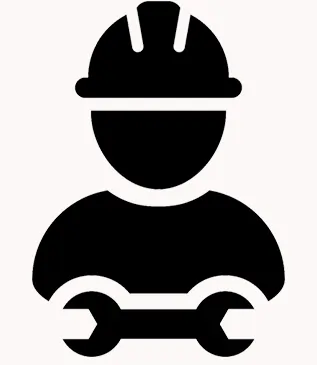
Regular maintenance is essential to keep your 4000 watt generator in optimal condition. Here are some maintenance and troubleshooting tips to help you address common issues:
- Regular oil changes: Follow the manufacturer’s recommended schedule to keep the engine running smoothly. Check the oil level regularly and top up as needed.
- Air filter cleaning/replacement: Clean or replace the air filter according to the manufacturer’s instructions to maintain airflow and prevent engine damage.
- Spark plug inspection: Check the spark plug regularly and clean or replace it if necessary. A dirty or faulty spark plug can affect the generator’s performance.
- Battery maintenance: If your generator has a battery, check the battery terminals for corrosion and ensure they are clean and secure. Please charge the battery regularly to maintain its lifespan.
- Troubleshooting common issues: If your generator fails to start or experiences any other problems, consult the manufacturer’s troubleshooting guide or contact customer support for assistance.
Regular maintenance and addressing issues promptly will ensure that your generator remains reliable and efficient, providing you with peace of mind during power outages.
Conclusion: Enjoying peace of mind with a reliable 4000 watt generator
Running your home on a 4000-watt generator offers a practical and efficient solution during power outages. By understanding wattage requirements, selecting the right generator, and optimizing usage, you can ensure that your home remains functional and efficient despite unforeseen power disruptions. If you decided that the 4000W generator is not suitable for your power requirements, we recommend you check the 7500W generator and what can it run it might work for your requirements.
Remember to prioritize essential appliances, practice load management, and follow safety precautions for a smooth and safe operation. Regular maintenance and troubleshooting will prolong the lifespan of your generator, providing you with peace of mind and reliable power when you need it most.
Say goodbye to inconveniences and embrace the power of efficiency with our comprehensive guide to running your home on a 4000-watt generator. Enjoy uninterrupted power and a comfortable living environment, no matter the circumstances.
FAQs
What can I run on a 4000 watt generator?
A 4000 watt generator can run almost all the appliances used in medium houses.
How long will a 4000 watt generator run on a tank of gas?
The amount of time a 4000 watt generator can run on a tank of gas depends on several factors, such as the size of the fuel tank, the fuel efficiency of the generator, and the load on the generator.
Assuming a typical 4-gallon fuel tank and an average fuel consumption rate of 0.5 gallons per hour at half load, a 4000 watt generator could run for around 8 hours on a full tank of gas at half load. However, if the generator is running at full load, the fuel consumption rate would be higher, and it would run for a shorter period of time. Additionally, if the generator is not properly maintained or if the fuel quality is poor, its runtime could also be affected.
How big of an air conditioner will a 4000 watt generator run?
In general, a 4000 watt generator can provide enough power to run a small to medium-sized air conditioner with a running wattage of up to 3000-3500 watts. However, it’s important to note that air conditioners require more power to start up (called the “starting wattage”) than they do to continue running. This means that if an air conditioner has a high starting wattage, it may not be feasible to run it on a 4000 watt generator.

![What Can I Run On a 4000 Watt Generator [Easy Guide]](https://whatgenerators.com/wp-content/uploads/thumbs_dir/feature-imge-powerhorse-7500i-q8acv5fat0ixto1j3pxgpm81wjhz24opfm75ms4px8.webp)
![What Can I Run On a 4000 Watt Generator [Easy Guide]](https://whatgenerators.com/wp-content/uploads/thumbs_dir/best-generator-for-food-truck-q8t2fb0tq8f85o8rwma2o6gy99fdpf6kwucv8t5dfg.webp)
